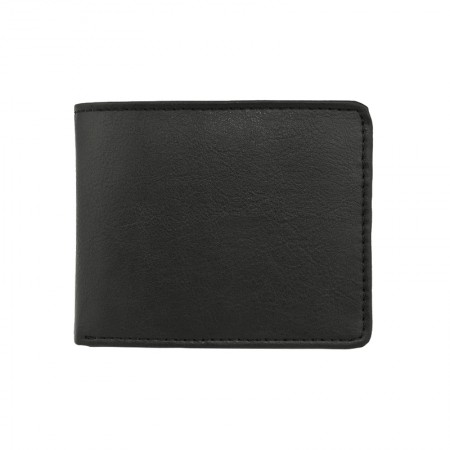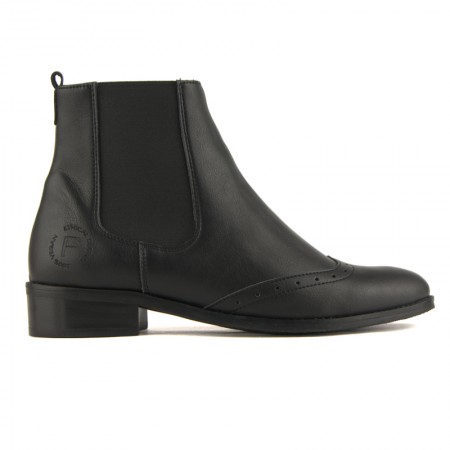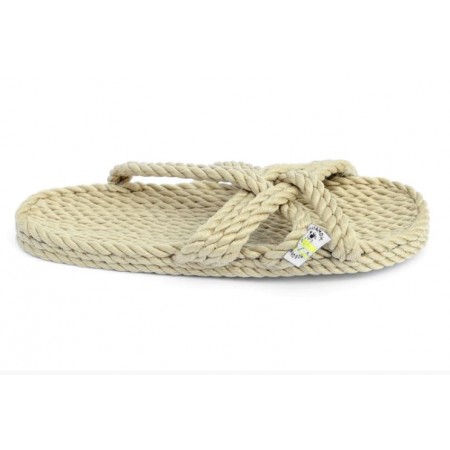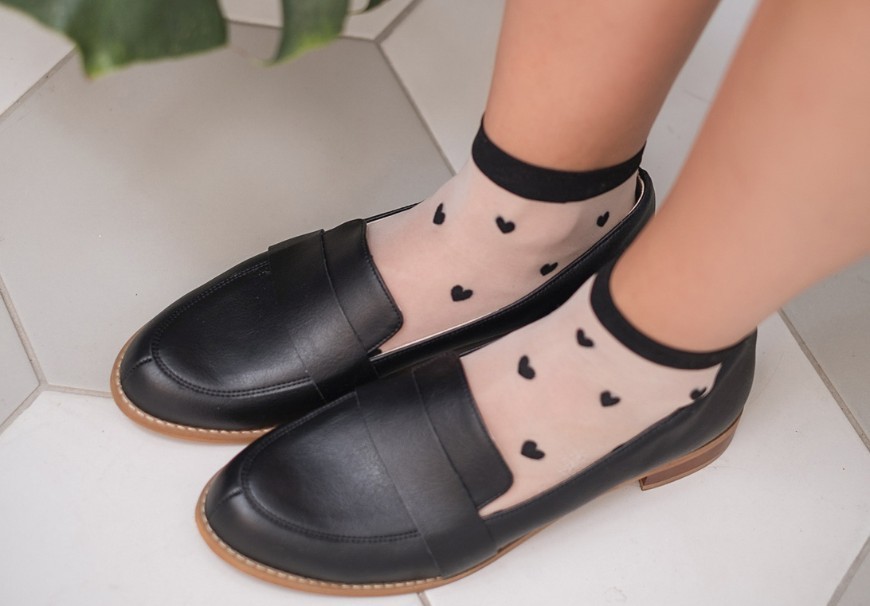Shoes, purse, wallet, belt ... Who among us has not heard that it is best to invest in leather ones? Because they are durable, tidy and solid. And only in leather shoes does the foot breathe. And it won't get wet, of course. Today, a post debunking the myth. Ready?
Origin
Where does this skin come from? Have you ever wondered how it is produced? What animal is it from? How was it tanned, stained and preserved? Producers of even the most exclusive brands do not provide consumers with this information. This is because there is nothing to brag about.
Leather most often comes from cows. Sometimes from calves - then the product is much more expensive and even more exclusive, because the calf skin is exceptionally soft and delicate to the touch. Calves are taken away from their mothers right after their birth - we debunk the first myth that skin is a by-product of the meat industry - this is not always the case. Apart from cow skins, goat skins are also often used and there have also been cases of products made of cat and dog skins.
Thus, we come to the next issue. Again, let's ask ourselves - where does the skin come from? Not the raw one but the one that's soft and ready to be turned into a handbag. Maybe from Italy? "Italian leather" is a label desired not only by Europeans. Meanwhile, it often means that the final product was made in Italy, and the leather most likely comes from Asia - China or India.
It is in these countries that leather is produced, which then goes to the global market. This is obviously a big saving, because workers in Asia are paid little, and the leather can be tanned with toxic chromium compounds, which are included in the toxin list in the European Union.

Tanning
Let's focus on tanning for a moment. Leather, still covered with hair and fatty tissue, must be removed in order to stop the decay processes using chromium (III) oxide. Finally - dyeing and the product is ready.
Chromium (III) oxide is the most frequently used substance in the tanning process - so it can be done cheaply, effectively and quickly. The problem is that this compound is easily oxidized to chromium (VI) oxide, and this in turn is the toxin that I have already mentioned, which is considered to be the European Union.
Working conditions in tanneries are far from perfect. Employees are often unfamiliar with any safety measures, not to mention protective clothing. Having direct contact with toxic substances, they are exposed to lung diseases, from which they often die because they do not have access to appropriate medical care. Skin diseases are also a problem. There is an increasing incidence of cancer among people working in tanneries, and more and more children with dysfunctions and disabilities are born.
Environment
There is one more issue left - environmental pollution. Only 20% of water contaminated with chemicals is cleaned, the remaining 80% goes to nearby rivers, poisoning animals and getting into the soil that the inhabitants are cultivating and receiving a solid dose of toxins with their crops.
The last myth I encounter recently is that "natural" leather is better than synthetic materials because it is biodegradable. Well, no. Leather treated with chemicals in the tanning and dyeing process is not biodegradable. Moreover, the decomposition process releases all the toxic substances that were used during production.

We live in 2020, in a time where we have access to information, thanks to which we become more aware people. And so we can become more conscious consumers. We have so many alternatives (microfiber, pinatex, MuSkin, cactus leather) that we no longer need to fuel the leather industry. It is us - consumers who shape the market, producers respond to our needs. Let us remember that the daily choices of each of us are of great importance together.
Sources:
https://www.researchgate.net/publication/6507251_Mortality_among_chrome_leather_tannery_workers_An_update
https://vimeo.com/88261827?ref=fb-share&fbclid=IwAR2mQ_Pkg5bGtvsTAWEtYJw_Movnln68vC7IXUXiArwI_bki-IH9YW2TpOk
https://www.ekonsument.pl/a66922_toksyczne_buty.html
Sunday
Monday
Tuesday
Wednesday
Thursday
Friday
Saturday
January
February
March
April
May
June
July
August
September
October
November
December



















Comments
Leave your comment